
PanzerKaput Goes To Barons' War
Lady Lydia of Humerstane and Her Loyal Knight Georges d'Asling
I have finished two more characters for my Baron’s War forces and them being Lady Lydia of Humerstane and her loyal knight Sir Georges d’Asling. These two miniatures, sculpted by the very talented Paul Hicks are actually very special figures indeed.
Lady Lydia is actually Nicola de la Haye and is a figure that commissioned by Geoff Buss, all profits from the sale of this miniature will be donated to The Murray Parish Trust who supports children’s emergency services across the South of England by raising money and awareness to support projects at key trauma centres, to enable pioneering research and provide life-saving equipment.
The other figure is of George Asling, one of the writers and designers of the game.
I have painted these in a red and black that actually is based upon the colours of a ladybird. I am planning of using Lady Lydia and George as a Lady who is defender her lands and processions from unscrupulous and villainess Barons and Knights trying to take her lands from her. George d’Asling is her loyal knight, willing to defend her honour and lands against all.
Nicola de la Haye
The appointment of a woman as a sheriff was highly unusual in medieval times and in regards to Lady Nicola in 1216 it owed a great deal both to her inherited lands centred on the barony of Brattleby, her connections and to her strong track record of loyal service to King John. Nicola’s marriage to Gerard de Camville gave her a role in protecting their family’s interests. Such was the level of trust between the couple that when Gerard became entangled in a violent dispute between Richard’s royal chancellor and the then Prince John in 1191, during the King’s absence on the Third Crusade, Gerard placed Nicola in charge of Lincoln’s defence. In the words of the chronicler Richard of Devizes, while Gerard assisted John in securing the castles of Nottingham and Tickhill, “Nicola, not thinking about anything, defended … Lincoln castle as well as any man” against the chancellor’s forces. According to royal government records, the crown employed mercenary soldiers for forty days to besiege Lincoln castle and still failed. However, when King Richard returned to England in 1194, both Gerard and Nicola were punished for their disloyalty and effectively forced to buy their way back into royal favour.
After Gerard’s death in January 1215, Nicola returned prominently to the fore in public life, securing control of her inheritance as a widow, and assuming the office of the castellan of Lincoln in the midst of the troubles between King John and his barons. With much of the county in open rebellion against the crown, Nicola’s unflinching loyalty to John (and later King Henry III), and her experience in defending Lincoln made her a viable appointee. Philip Marc’s removal from office, just a short time after his appointment, left Nicola at the head of the royalist cause in Lincolnshire. Nicola firmly took control of local affairs, her time as sheriff of Lincolnshire coinciding with her successful resistance to further sieges when Gilbert de Gant, followed by Louis of France, both occupied Lincoln besieging the castle once more. Nicola remained in charge of the royalist castle garrison throughout the spring of 1217 when she faced a new threat from a rebel army led by the earl of Winchester and the count of Perche.
Recognising the severity of Nicola’s predicament, the great regent of England himself, William Marshal, earl of Pembroke, issued a summons for the royalist army to gather in force at Newark and from there proceeded to Lincoln’s relief on 20 May 1217. The outcome of the resulting battle of Lincoln was a decisive royalist victory that helped to seal the fate of Louis’s ambitions in England. Nicola’s personal role in defending Lincoln castle and receiving royalist reinforcements attracted contemporary comment. While royalist writers praised Nicola for being “a worthy lady’ deserving of God’s protection in body and soul”, the rebels and the French portrayed her as “a very cunning, bad-hearted and vigorous old woman”.
Footnote: Nicola relinquished control of Lincoln castle for the last time in June 1226 and died peacefully at her Lincolnshire manor of Swaton in 1230. If William Marshal is to be known as “the knight who saved England” then for her actions Nicola de la Haye should be described as “the woman who saved England”.









































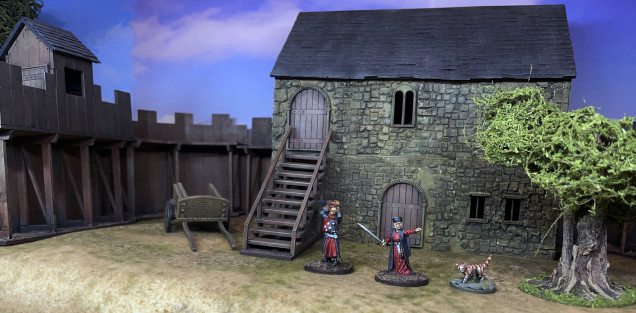
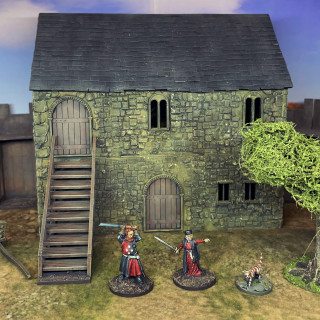
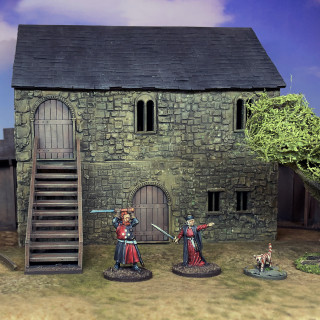
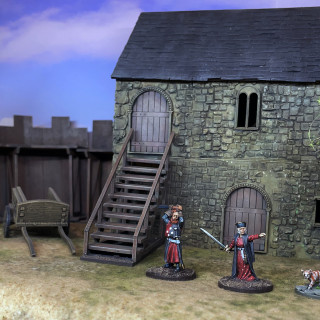
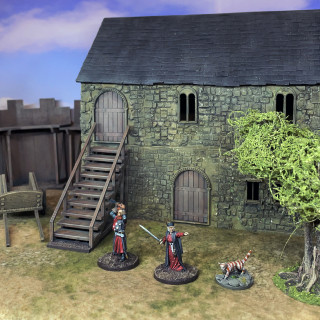
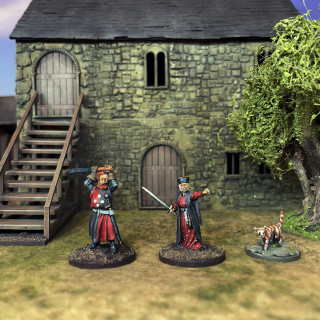
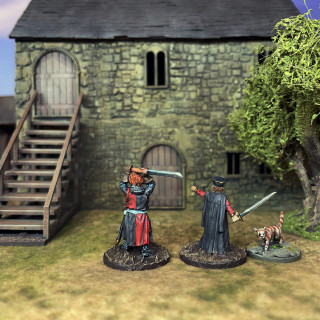
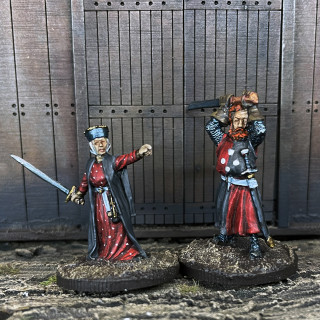

































Leave a Reply